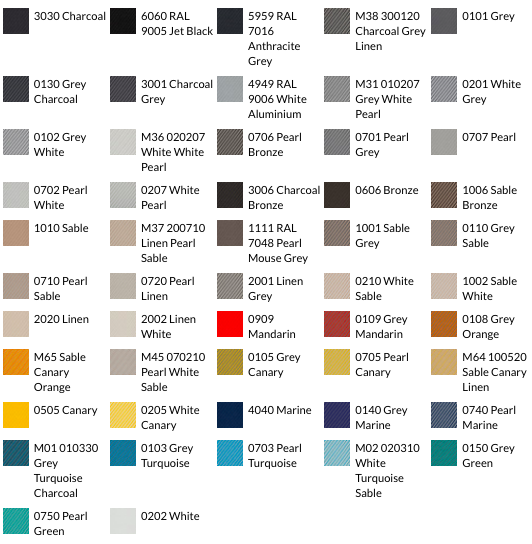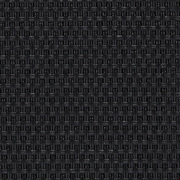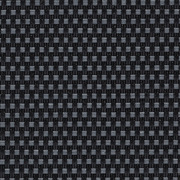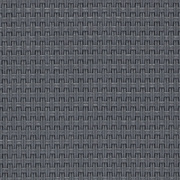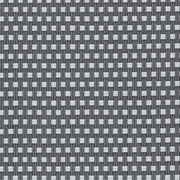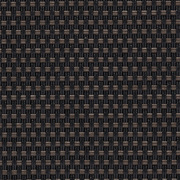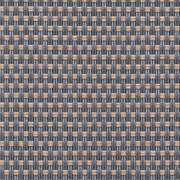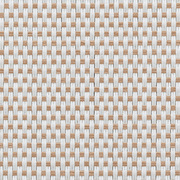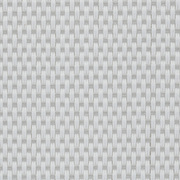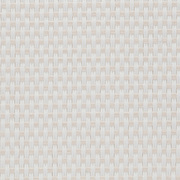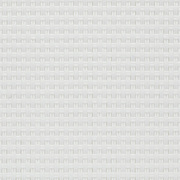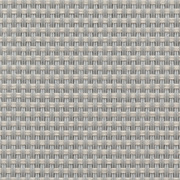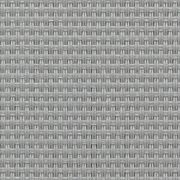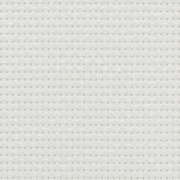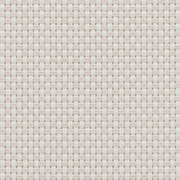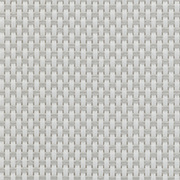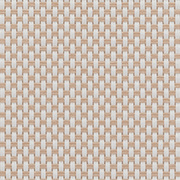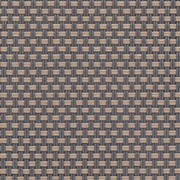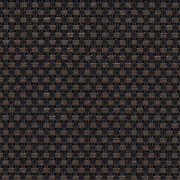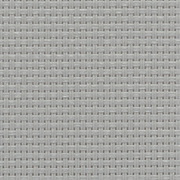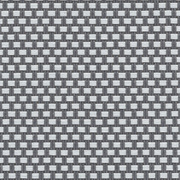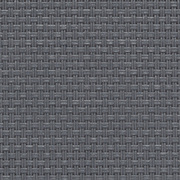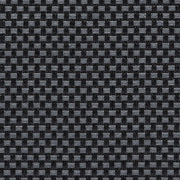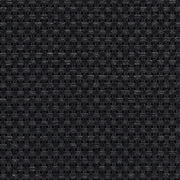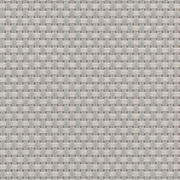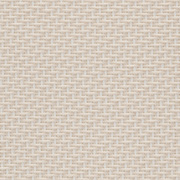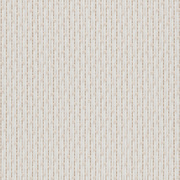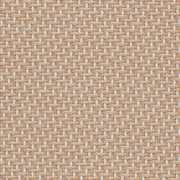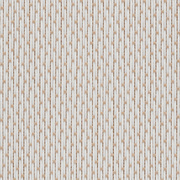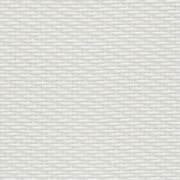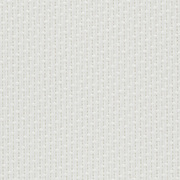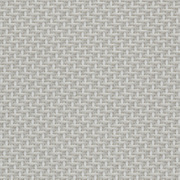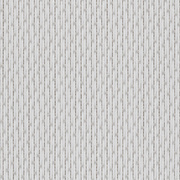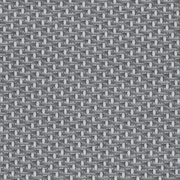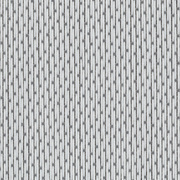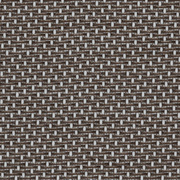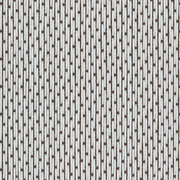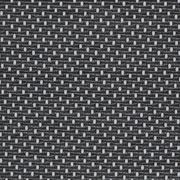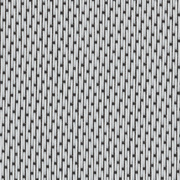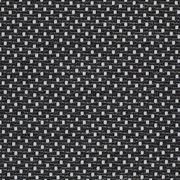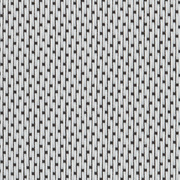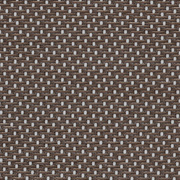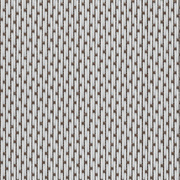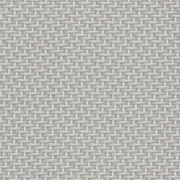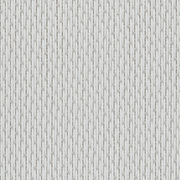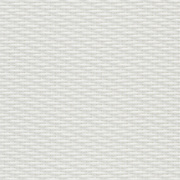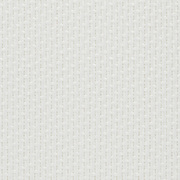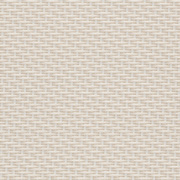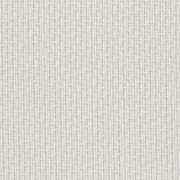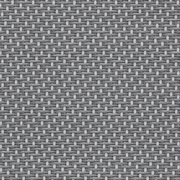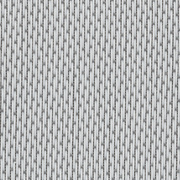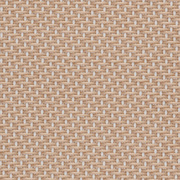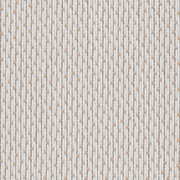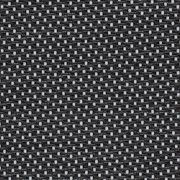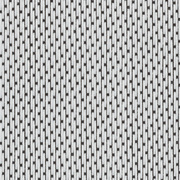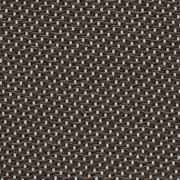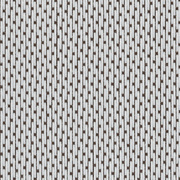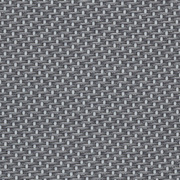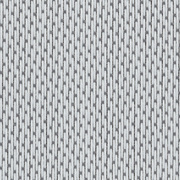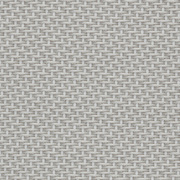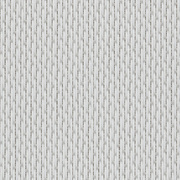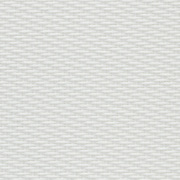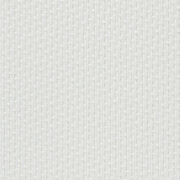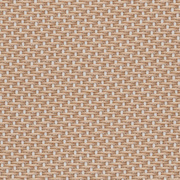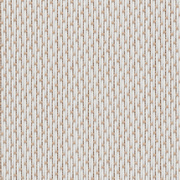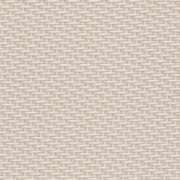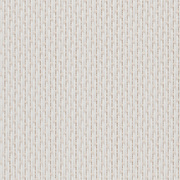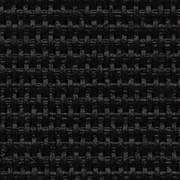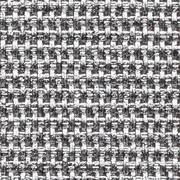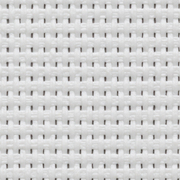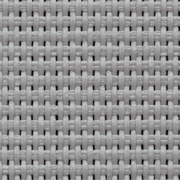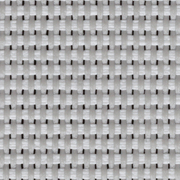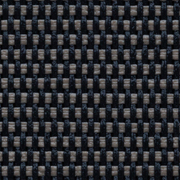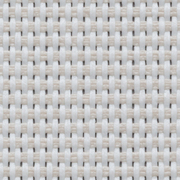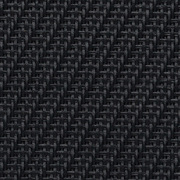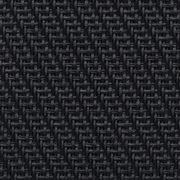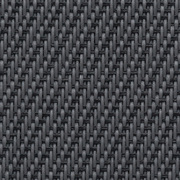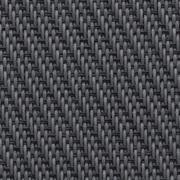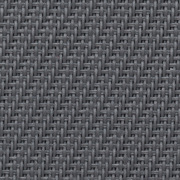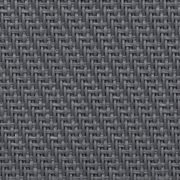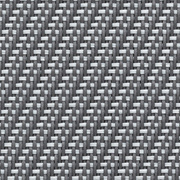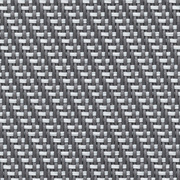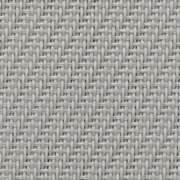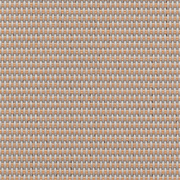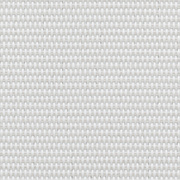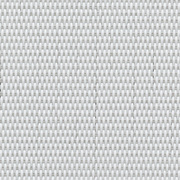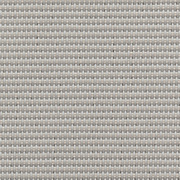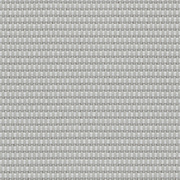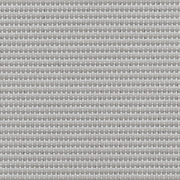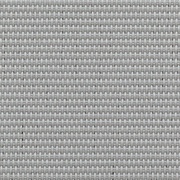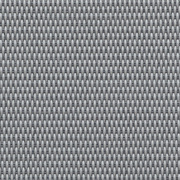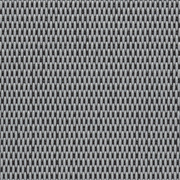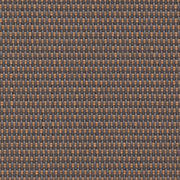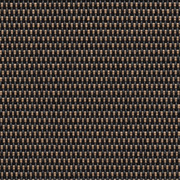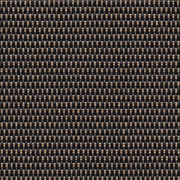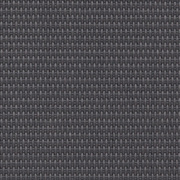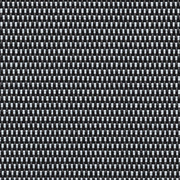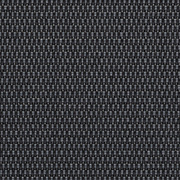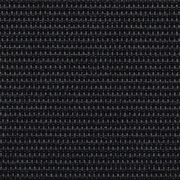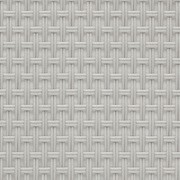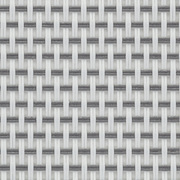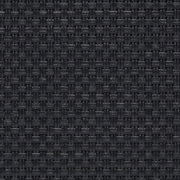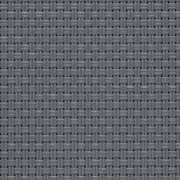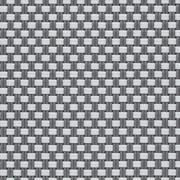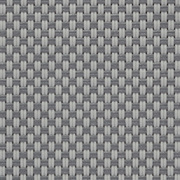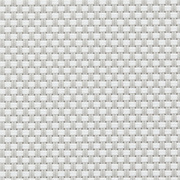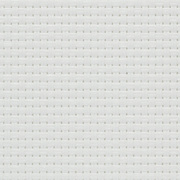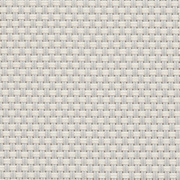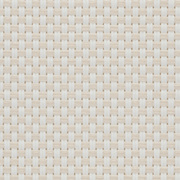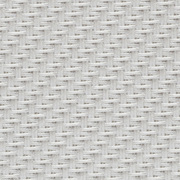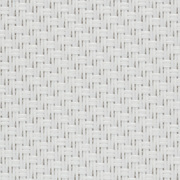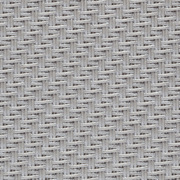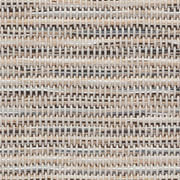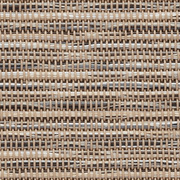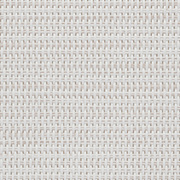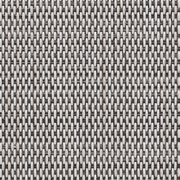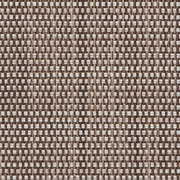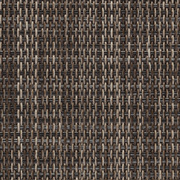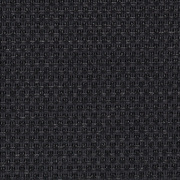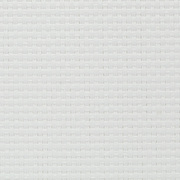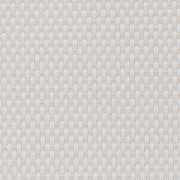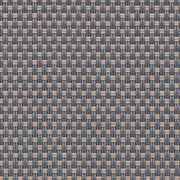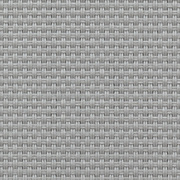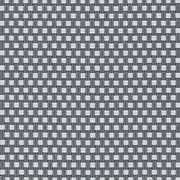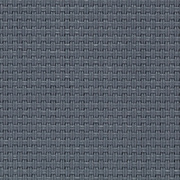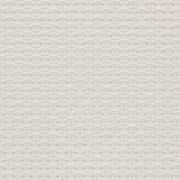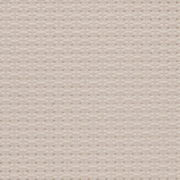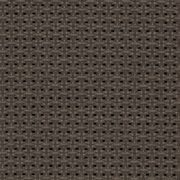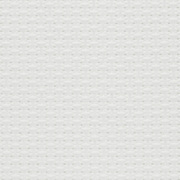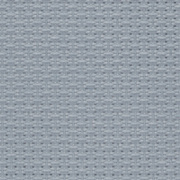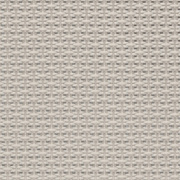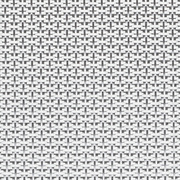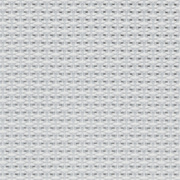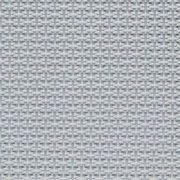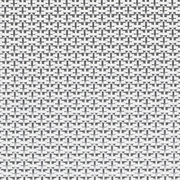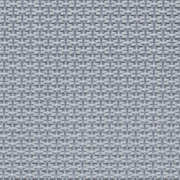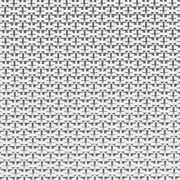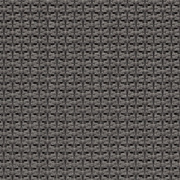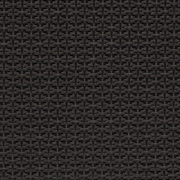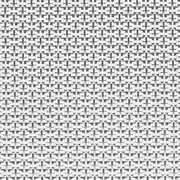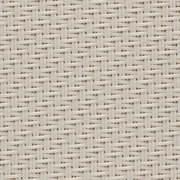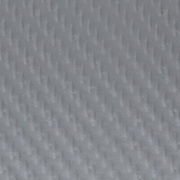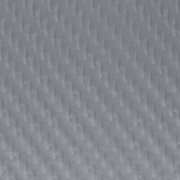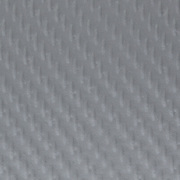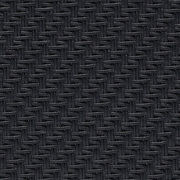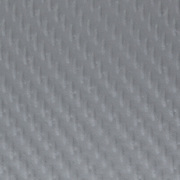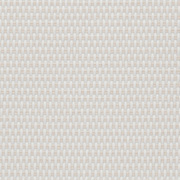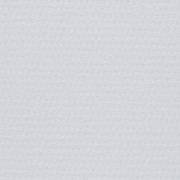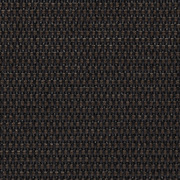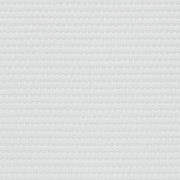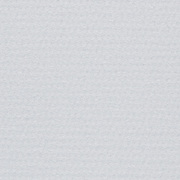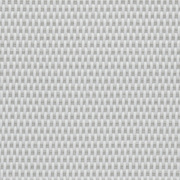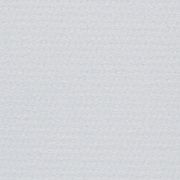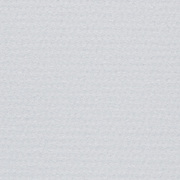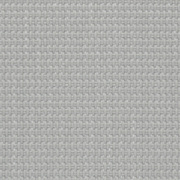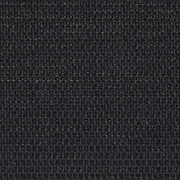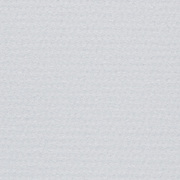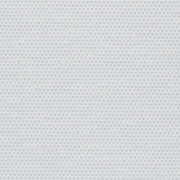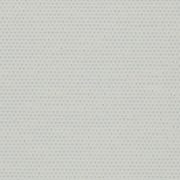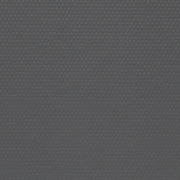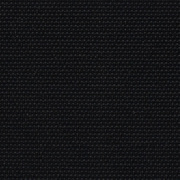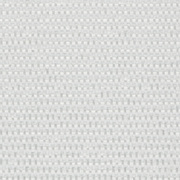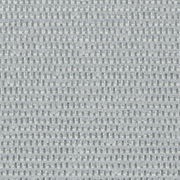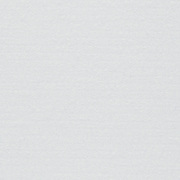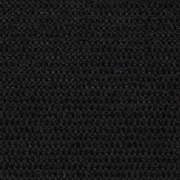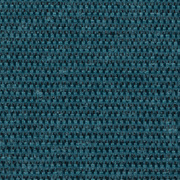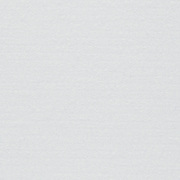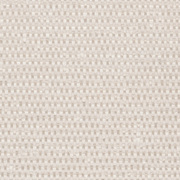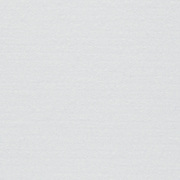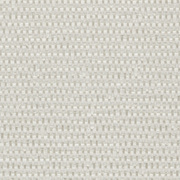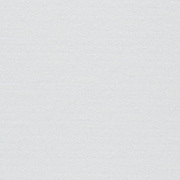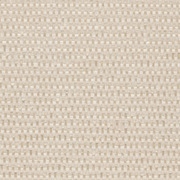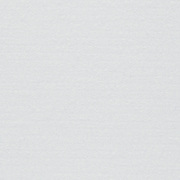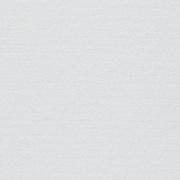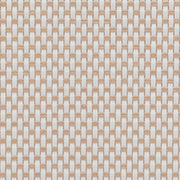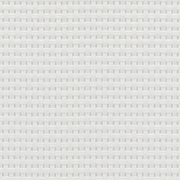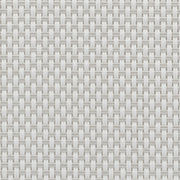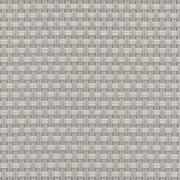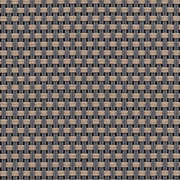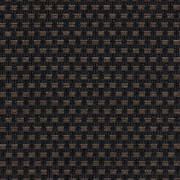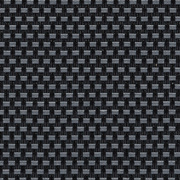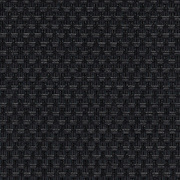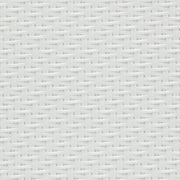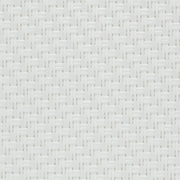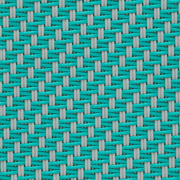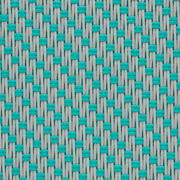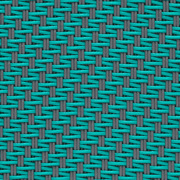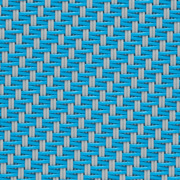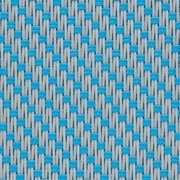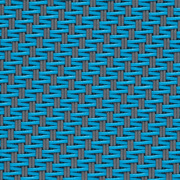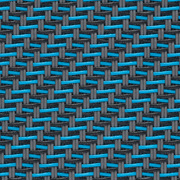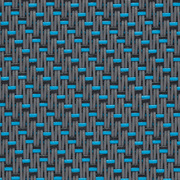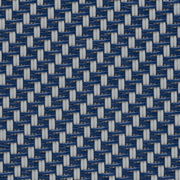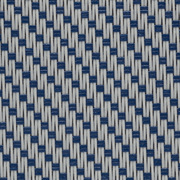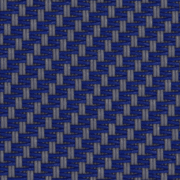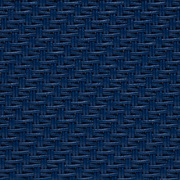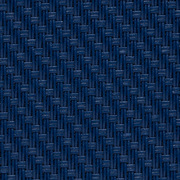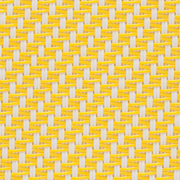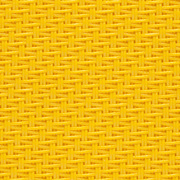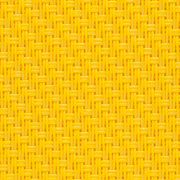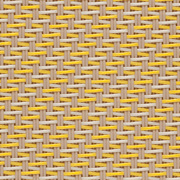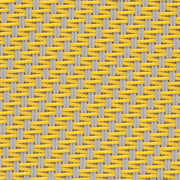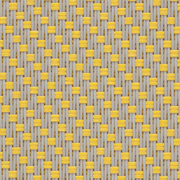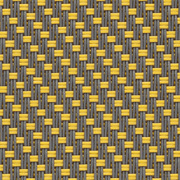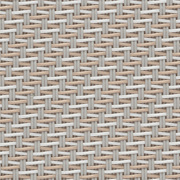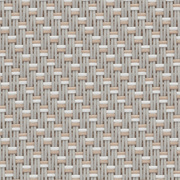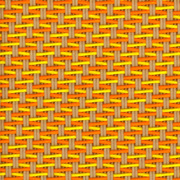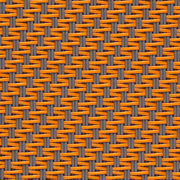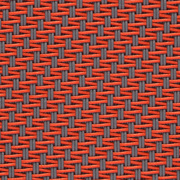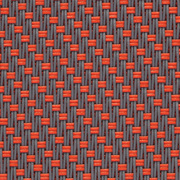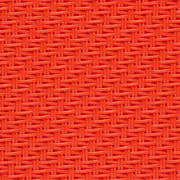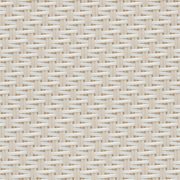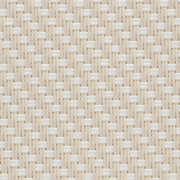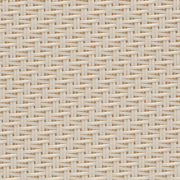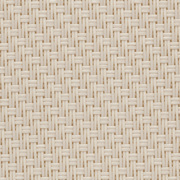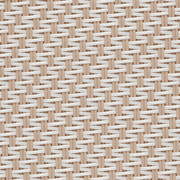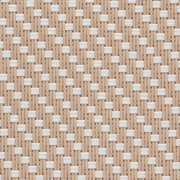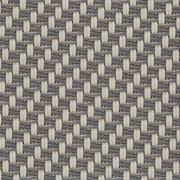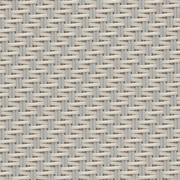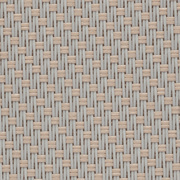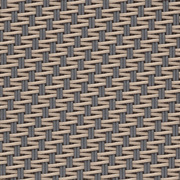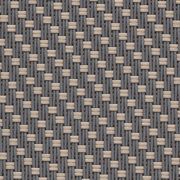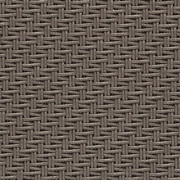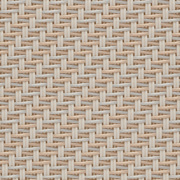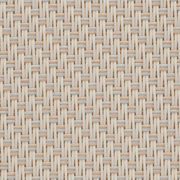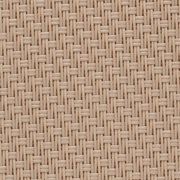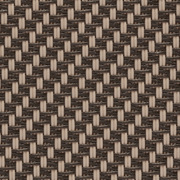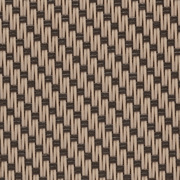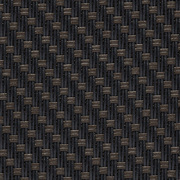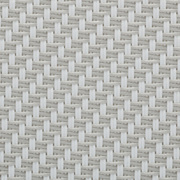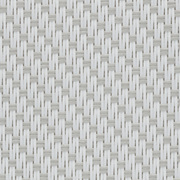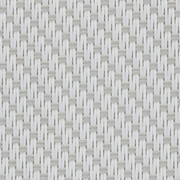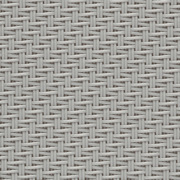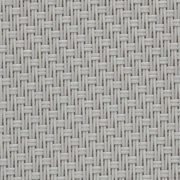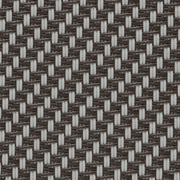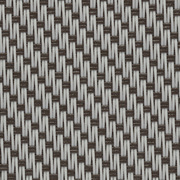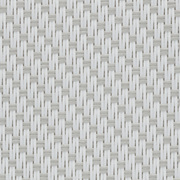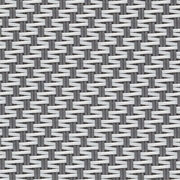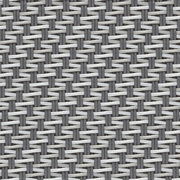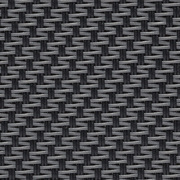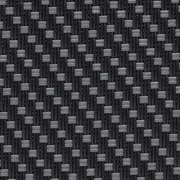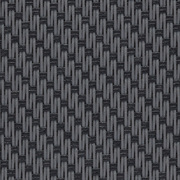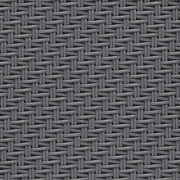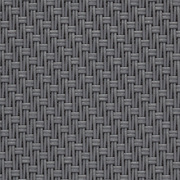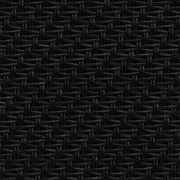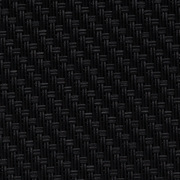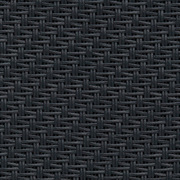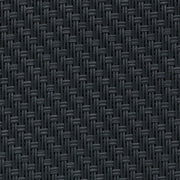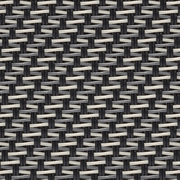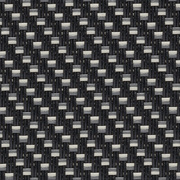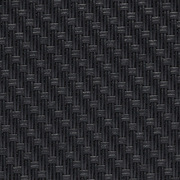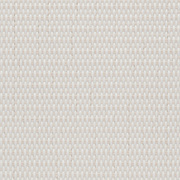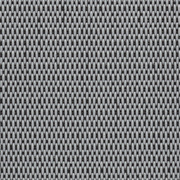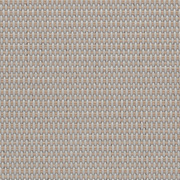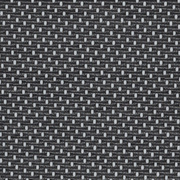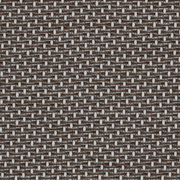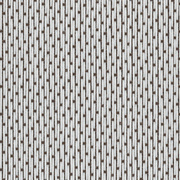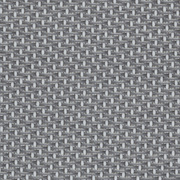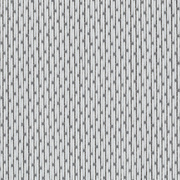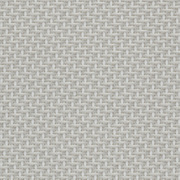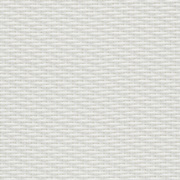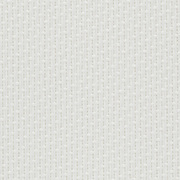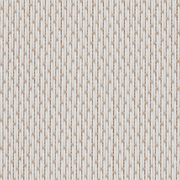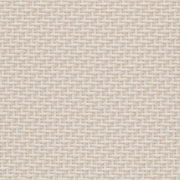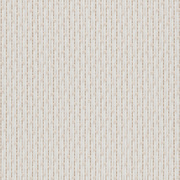Designing a near zero energy building (NZEB) will require the façade consultant/designer to calculate the building envelope performance. Does the energy efficient building incorporate a climate responsive façade using a dynamic façade (controllable façade/intelligent façade) or do they seek a passive solar protection strategy?
The thermal modelling bureau/consultant will consider smart building control as smart control can produce a more sustainable building giving environmental sustainability. A load reduction strategy, solar cooling load reduction or building cooling optimisation can produce building maintenance cost reduction, greenhouse gas reduction, all with correct solar shading strategy reducing internal heat gain.
Energy & environmental management considerations of the glazed architectural design such as a double skin façade done well can boost office productivity with a great indoor climate but ignored can lead to sick building syndrome.
Considerations such as retrofitting versus new building, design integrity of the façade whether for the residential market, incorporating smart house home automation with home video equipment intelligent drapery, sheer net curtains are all strategy considerations. Which shade determines visible transmittance or window luminance. The science of solar shading is the same if it is for a multi-story office tower or a domestic conservatory. Which window coverings, how deployed? A panel track system, a velum, a roman shade or a roller-screen?
The same anti-glare office blinds can be used as the anti-glare roller blinds for air traffic control towers. Anti-glare sunscreen not best for ATCT blinds where best anti-glare transparent solar blinds are made from materials like anti-glare window film. Anti-glare window blinds can also be anti-heat blinds using fabric such as Mermet MSU M Screen Ultimetal – use of this metallised screen fabric internally with its low emissivity coat gives great thermal performance as if it is a magic screen – a magic screen one way blind, only seeing through it one way depending on where the light balance is, a true solar control and anti-glare blind. Metallised screen fabric external use is rare, but Mermet Satine 5500 Metal is a waterproof external fabric and has the aesthetic appearance of metal which can be so important for the design integrity of the façade.
Anti-glare transparent solar film blinds as used for aviation system blinds or aviation blinds can also be used in anti-glare marine applications or as anti-glare blinds for office.
Anti-glare transparent solar screen blinds and anti-glare screen blinds can be used for aviation system blinds or aviation shading they can also perform for anti-heating performance.
Acoustically absorbent fabrics are good for acoustic blinds possibly better than acoustic curtains where their acoustically absorbing properties work well. Acoustic fabrics or acoustically transparent fabrics can be used for auditorium blinds or architectural fabrics, producing acoustic screens depending on the choice of acoustic blind fabrics. Aluminium blinds or anti-fire blinds cannot be acoustically transparent nor to supply architectural solar power.
Blackout fabric for external needs to be such as the Mermet Satine 21154, the Blackout Satine 21154 having a strong fibre glass core making them suitable for roller blinds and school blinds. Ship blackout blinds being able to use the same fabric. Both fabrics suitable for remote control roller blinds.
Blackout fabrics internally such as the blackout Flocke 11201 or the Kibo 8500 still have the fibre glass core unlike the blackout Karellis 11301. Whichever blackout material is chosen for the blackout roller blinds or the blackout screens BS 476 Pt 6 Class 0 is a great fire rating to have as both the Kibo 8500 and Flocke 11201 do. The Flocke being suitable for use both as a roller and vertical blackout fabric.
Whichever blackout blind material the blind maker choses from the blind fabrics for his blackout system they may wish to make the blind controls automatic. Blackout window blinds may also be blinds for energy saving, blinds for heat control, even blinds for eye comfort. A blinds energy efficiency may consider how cold air is heating the world, or how to improve comfort levels with shading they may include hospital blinds, exterior blinds, including external blackout blinds. These can double as insulating blinds by using insulating fabrics – the same could be achieved with internal blackout blinds using Karellis 11301. In determining what may be classified as an energy efficiency blind or making an energy saving with shading you need consider the properties for heat control blinds, be they heat control roller blinds or heat reflective blinds for windows giving heat protection and energy savings.
Office buildings may seek energy saving with film roller blinds or office blinds may need motorised blinds whether for use as roof-light blinds, roof window blinds, or roof window roller blinds, including opposite pull blinds to reduce building running cost.
Mermet Koolblack fabric can be used to manufacture blinds, be they horizontal blinds, horizontal inclined units, a guided windows blind system, panel blinds (vertical blinds panel guides system), perfect blinds, Intu blinds, ceiling panel fabrics in fact most internal blinds other than internal blackout blinds. The Mermet’s screen fabric external collection includes fabric Natte 4503 which can be used for external shading, motorised shading, printed banners or printed screens also internally as panel blinds as can the Satine 5500, Satine 5501 & Satine 5500M, a metallised screen fabric external. They all give glare control or glare protection so could be termed a glare control fabric. All can be used as roman blinds or as a roman shade and it’s not unusual to find them being used as wall covering fabrics.
Another external fabric, Ultravision, was developed particularly for day lighting, can be used for electric blinds, has good sound transmission so is not soundproof or nor can it. Ultravision therefore is not first choice for a solar shade or solar screen but makes great see through blinds or see through roller blinds. The Mermet fabric Screen Progress can be set up to perform a similar roll to the Ultravision internally
The Mermet Satine 21154, can be used for internal blackout blinds or external blackout roller blinds making good privacy protection blinds, all part of a buildings protection system. The Mermet fabric Screen Nature Ultimetal, a reflective material for blinds, is used to make the Ultimet energy system saving blind. It is manufactured by the addition of a metallised coating to the Mermet fabric Screen Nature, a pvc free screen fabric internal, making roller blinds for commercial office buildings with effective protection against heat and glare, also giving it energy performance, an energy saving blind.
The Mermet fabrics Screen Design, Screen Thermic and Screen Vision are good as see through window blinds, can be classed as Solar fabrics, making part of a solar fabrics collection to provide solar energy control, making good solar shading window blinds or solar shading roller blinds as well as standard vertical roller blinds. Because of their high fire ratings
Nearly all can be used as tensile fabrics known as tensile structure fabrics, as they are flame retardant fabrics and can be used as inclined blinds or tensioned blinds. They can be used as commercial blinds, known as commercial window blinds, can include conservatory blinds and when linked to a building management system are known as BMS controlled blinds, or BMS controlled roller blinds making it BMS controlled shading. All solar shading blinds, solar shading window blinds, solar shading products or solar shading devices provide a solar shading solution providing solar shading for buildings.
Smart solar shading can use screen solar blinds or solar film blinds, will be motorised blinds, most likely linked to a BMS (Building management system) and therefore are often classed as Intelligent blinds they can be linked with pv receivers making them not just a solar screen but a solar powered blind also.
Sun blinds, also known as Sun screen blinds, solar control blinds, solar control window blinds, solar control roller blinds, sunscreen blinds, sun shading blinds, sunscreen solar blinds, sunshade blinds, solar screen blinds & sun solar blinds are sometimes specified for the protection they can give from Ultra violet light damage, this can cause them to be further known as sun solar protection Uv blinds, Uv blinds or Uv roller blinds. Giving a degree of thermal control can also see them as being classed as thermal blinds, insulating roller blinds or insulating window blinds.
Roller blinds for an administrative office building would likely be the same as ones specified as roller blinds for commercial office building. Metallised fabric blinds being ideal for roller blinds for an administrative office building to with effective protection against heat or glare, certainly needing roller blinds for glare control and likely roller blinds for roof windows
Blinds for aviation, also used in ship blinds, and aviation control towers, can be known as Tower blinds, where it is almost invariably a shaped blind or ‘triangle blinds’, can be called solar film roller blinds. These window blinds are specified specifically for vision control hence their use in VCR rooms or ‘vision control rooms’. They should be motorised which them allows them to be remote control blinds, or remote-control window blinds. These remote-control roller blinds being used where once it was attempted to reduce glare with blinds and window film.
 3030 Charcoal
3030 Charcoal  0130 Grey Charcoal
0130 Grey Charcoal  0101 Grey
0101 Grey 0102 Grey White
0102 Grey White  0707 Pearl
0707 Pearl  0207 White Pearl
0207 White Pearl 3030 Charcoal
3030 Charcoal  3001 Charcoal Grey
3001 Charcoal Grey  0707 Pearl
0707 Pearl  0702 Pearl White
0702 Pearl White 3010 Charcoal Sable
3010 Charcoal Sable  0220 White Linen
0220 White Linen 3030 Charcoal
3030 Charcoal  3001 Charcoal Grey
3001 Charcoal Grey  0101 Grey
0101 Grey 0102 Grey White
0102 Grey White  0707 Pearl
0707 Pearl  0202 White
0202 White 0210 White Sable
0210 White Sable  0220 White Linen
0220 White Linen  3006 Charcoal Bronze
3006 Charcoal Bronze 0110 Grey Sable
0110 Grey Sable  0720 Pearl Linen
0720 Pearl Linen  0207 White Pearl
0207 White Pearl 3030 Charcoal
3030 Charcoal  3001 Charcoal Grey
3001 Charcoal Grey  0101 Grey
0101 Grey 0102 Grey White
0102 Grey White  0707 Pearl
0707 Pearl  3006 Charcoal Bronze
3006 Charcoal Bronze 0110 Grey Sable
0110 Grey Sable  0210 White Sable
0210 White Sable  0720 Pearl Linen
0720 Pearl Linen 0207 White Pearl
0207 White Pearl  0220 White Linen
0220 White Linen  0202 White
0202 White 0230 White Charcoal
0230 White Charcoal  0206 White Bronze
0206 White Bronze  0201 White Grey
0201 White Grey 0207 White Pearl
0207 White Pearl  0202 White
0202 White  0210 White Sable
0210 White Sable 0220 White Linen
0220 White Linen 0701 Pearl Grey
0701 Pearl Grey  0707 Pearl
0707 Pearl  0201 White Grey
0201 White Grey  0202 White
0202 White 0230 White Charcoal
0230 White Charcoal  0206 White Bronze
0206 White Bronze  0201 White Grey
0201 White Grey 0207 White Pearl
0207 White Pearl  0202 White
0202 White  0210 White Sable
0210 White Sable 0220 White Linen
0220 White Linen 0230 White Charcoal
0230 White Charcoal  0206 White Bronze
0206 White Bronze  0201 White Grey
0201 White Grey 0207 White Pearl
0207 White Pearl  0202 White
0202 White  0210 White Sable
0210 White Sable  0220 White Linen
0220 White Linen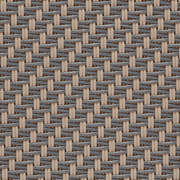

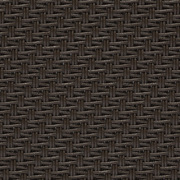
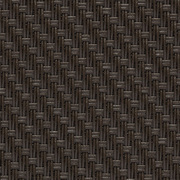
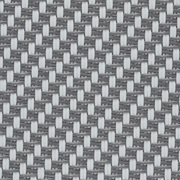
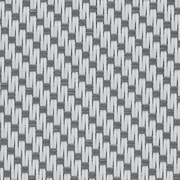

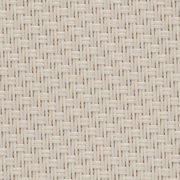
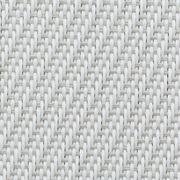
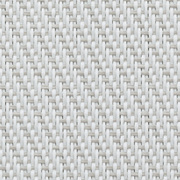

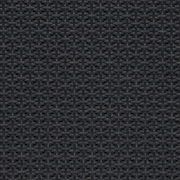
 3030 Charcoal
3030 Charcoal  3001 Charcoal Grey
3001 Charcoal Grey  3002 Charcoal White
3002 Charcoal White  0101 Grey
0101 Grey 0121 Grey Lotus
0121 Grey Lotus  3006 Charcoal Bronze
3006 Charcoal Bronze  3010 Charcoal Sable
3010 Charcoal Sable 0171 Grey Apricot
0171 Grey Apricot  0771 Pearl Apricot
0771 Pearl Apricot  3071 Charcoal Apricot
3071 Charcoal Apricot 0701 Pearl Grey
0701 Pearl Grey  0730 Pearl Charcoal
0730 Pearl Charcoal  0721 Pearl Lotus
0721 Pearl Lotus  0702 Pearl White
0702 Pearl White 0201 White Grey
0201 White Grey  0720 Pearl Linen
0720 Pearl Linen  0210 White Sable
0210 White Sable  0220 White Linen
0220 White Linen 0207 White Pearl
0207 White Pearl  0221 White Lotus
0221 White Lotus  0202 White
0202 White  0707 Pearl
0707 Pearl



